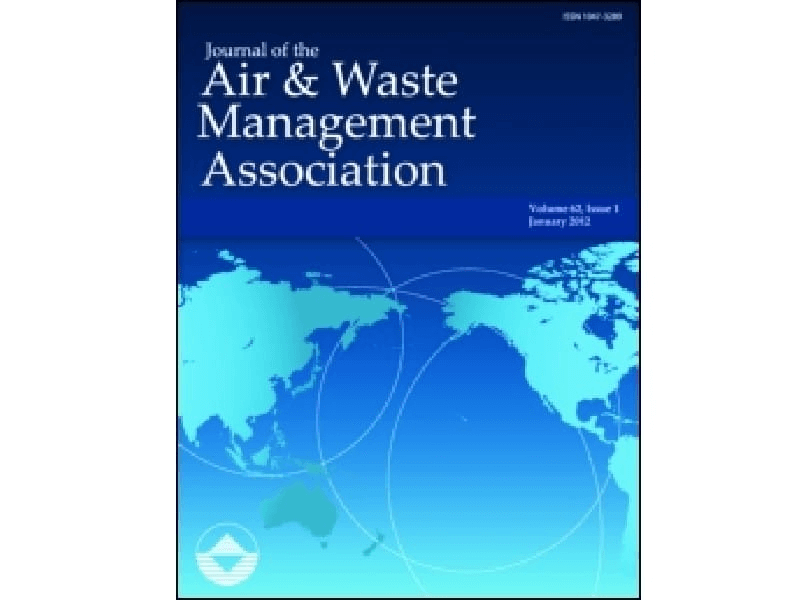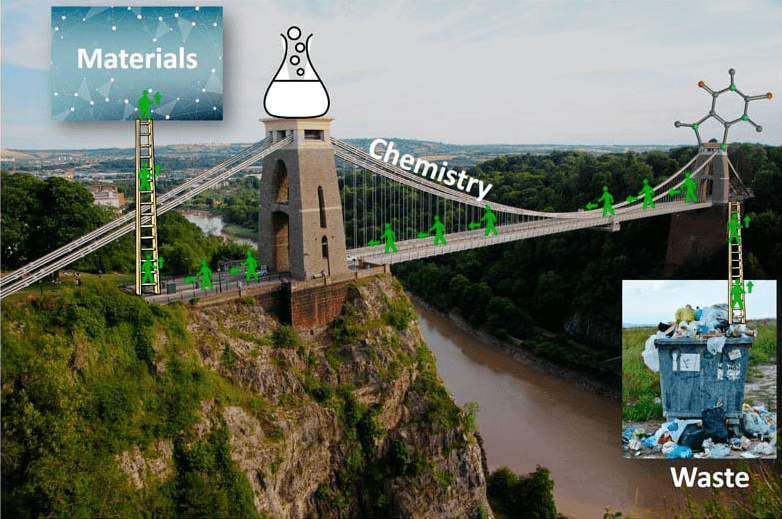Unlocking the Value of Surplus Hexane in Edible Oil Extraction and Laboratory Applications
Hexane is a widely used solvent known for its excellent extraction capabilities, making it crucial in both edible oil extraction and laboratory processes. It efficiently extracts vegetable oils from seeds and serves as a reliable solvent in various analytical and research applications. Often, facilities end up with surplus hexane, which could be seen as a liability rather than an asset.
Hexane Surplus Trading: Optimized Solutions for Edible Oil Extraction and Laboratory Applications
The dynamic surplus chemical trading market offers a compelling solution for both buyers and sellers. By trading excess hexane, companies can recover costs while reducing storage burdens and lowering hazardous disposal fees. This approach not only cuts down on expensive disposal processes and regulatory pressures but also promotes sustainable and environmentally responsible practices. Ultimately, companies can turn surplus into profit and free up valuable resources for more critical operations.
Hexane in Edible Oil Extraction & Laboratory Settings
Surplus hexane offers buyers cost savings and reliability, ensuring that they have access to high-quality solvent for continuous production and research. Its predictable properties guarantee consistent performance in both extraction and laboratory processes, reducing downtime and boosting overall efficiency.
For sellers, putting excess hexane on the market means converting idle inventory into substantial revenue. It helps reduce storage costs, mitigates the liabilities related to hazardous waste disposal, and supports environmentally responsible practices by lowering the overall chemical footprint.
Table of Contents
Transforming Surplus Hexane into Profit and Sustainability
A leading edible oil extraction facility recently faced an oversupply of hexane due to shifts in production demands. Rather than incurring exorbitant hazardous disposal fees, the facility leveraged a dedicated chemical trading platform to sell their surplus hexane. This strategic move not only recouped significant capital but also enhanced their environmental credentials by reducing waste and aligning with regulatory standards. The laboratory division of the organization also benefited by obtaining high-quality hexane at reduced prices for research applications, demonstrating efficient resource management and sustainable practices.









